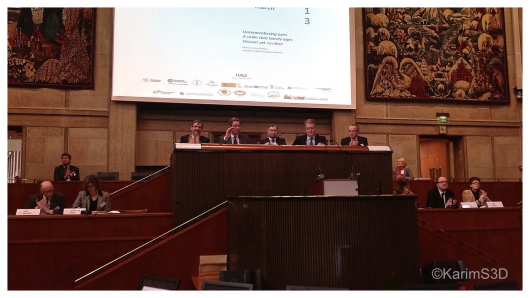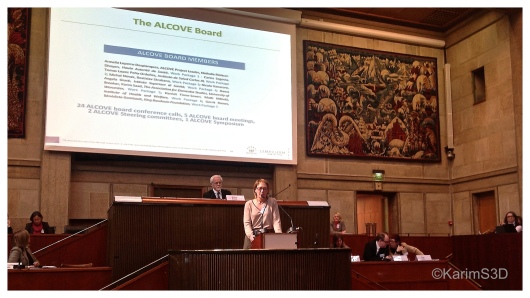Towards transforming quality and safety in dementia care.
What’s the global problem here?
A WHO report (2012) affirms that drugs given for the management of behavioural and psychological symptoms in dementia are being overprescribed globally. Although first-line treatment for behaviour that challenges is non-pharmacological, the prescription of psychotropics remains high and it appears that current systems deliver a largely antipsychotic-based response. Prevalence rates of antipsychotics prescribing range from 20% to 33% and most cases are residing in care homes.
What harms can antipsychotics do to people with dementia?
1,000 people with dementia on an antipsychotic x 12 weeks = 10 extra deaths + 18 extra cerebrovascular events + 58–94 gait disturbances!
Does Europe overprescribe too?
Do we have affordable solutions?
There aren’t that many health economic studies. In one cohort of 133,713 individuals with dementia requiring antipsychotic drugs in England, in fact it was estimated that behavioural interventions cost £27.6 million more per year than antipsychotic drugs.
However, the additional investment was offset by nearly £70.4 million in healthcare savings due to reduced incidence of strokes and falls, and quality of life improvements to the tune of £12.0 million in benefits per annum. Non-pharmacological interventions therefore represented an efficient use of public resources.
Can the ALCOVE toolbox help?
For an overview find out in this video (French subtitles)
What’s in the box? ☞
(1) risk exposure measures in Europe
(2) models of tried and tested risk reduction programmes
- England’s The Right Prescription; Call to Action, (reduced Antipsychotic prescriptions for people with dementia by 52% in three years) and
- France’s National Authority for Health programme (reduced the rate of Antipsychotics exposure in people with Alzheimer’s disease from 16.9% to 15.5% over 3 years). In fact the French ‘mastering indicator’ is used as a proxy Quality of Life indicator, as a measure of national implementation progress and as a quality indicator for care homes.
(3) links to timely diagnosis
(4) ethical principles underpinning prescribing, and
(5) national programmes to prevent and manage behavioural and psychological symptoms in dementia.
Shaking the tree!
Behaviours that challenge in dementia are almost always a product of complex interactions between care structures and organisations, individual factors, and workforce skills.
ALCOVE contains an up-to-date evidence base for interventions that work and proposes a 3 D model for reference in all settings.
Here then is an opportunity to begin (or continue) conversations to limit the use of antipsychotics and other psychotropics for people with dementia.
This goes deeper! In fact this is a blueprint to help unravel, develop and deliver alternatives to chemical restraints. A seismic culture shift. A transformation in care standards. An end to letting down vulnerable people!
What we have here is a potent yet underused proxy for quality and safety in dementia care globally.
Whether you are a concerned member of the public, a person living with dementia, or clinician, I hope this toolbox might assist you to weave your own priorities, perspectives and partnerships into implementing what’s right for your local community.
Let’s shake this tree and see what happens?
@KarimS3D





